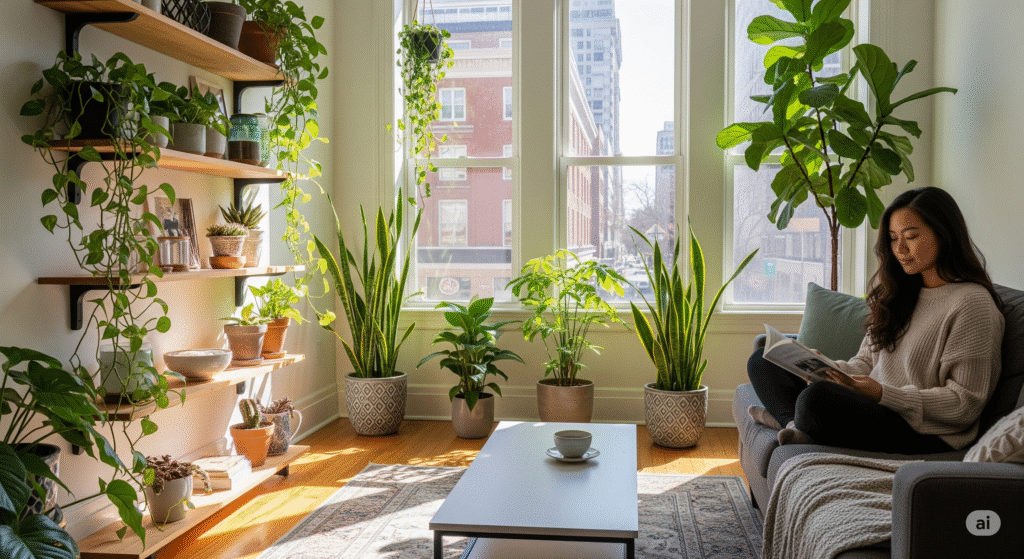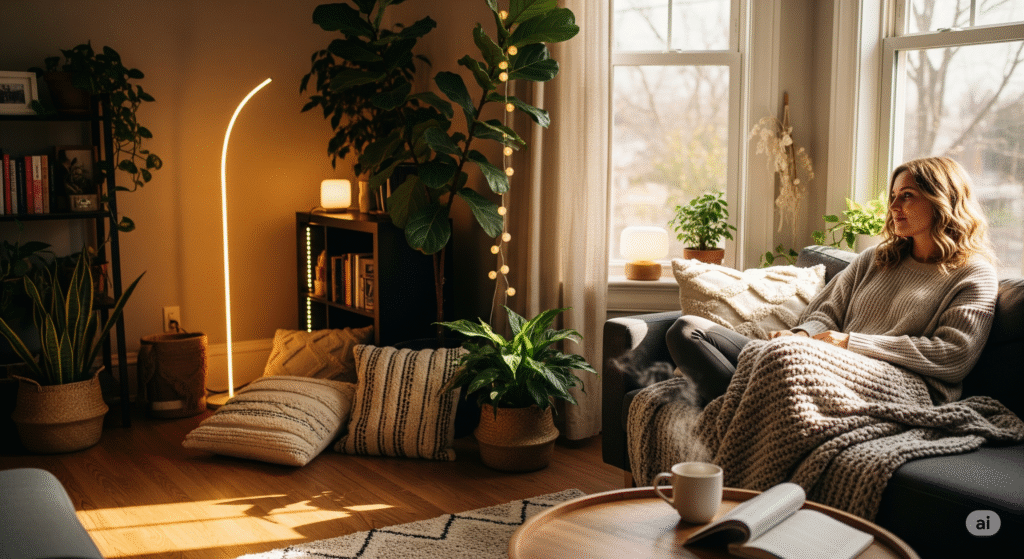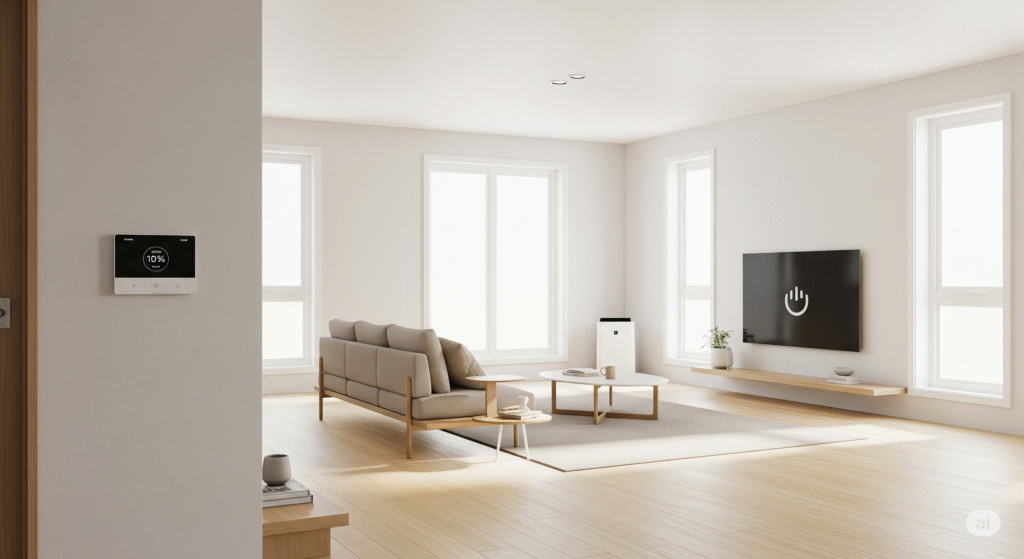How To Make Your Living Space Green in 6 Ways
In today’s world, living green isn’t just a trend—it’s a lifestyle choice that benefits both your health and the planet. Making your living space eco-friendly doesn’t have to be complicated or expensive. Small changes in your daily habits and home setup can make a big difference in reducing waste, saving energy, and creating a healthier environment.
Here are 6 practical and effective ways to make your living space more green and sustainable—without compromising on comfort or style.
1. Bring Nature Indoors with Plants

Adding greenery to your living room or bedroom is one of the simplest ways to go green.
- Indoor plants purify the air and reduce toxins.
- Low-maintenance plants like snake plants, pothos, and peace lilies thrive indoors.
- Herbs like basil, mint, and rosemary can double as décor and fresh cooking ingredients.
Reference: NASA Clean Air Study
2. Use Eco-Friendly Furniture & Materials
Your furniture choices can impact the environment. Instead of synthetic or plastic-heavy items, opt for:
- Furniture made from sustainable wood, bamboo, or recycled materials.
- Natural fabrics like organic cotton, hemp, or linen for upholstery.
- Thrifted or second-hand furniture that reduces waste and gives old pieces a new life.
Reference: Sustainable Furnishings Council
3. Switch to Energy-Efficient Lighting

Lighting makes a huge difference in both aesthetics and energy consumption.
- Replace old bulbs with LED or CFL lights—they last longer and use less energy.
- Add smart lighting systems that adjust brightness automatically.
- Take advantage of natural light—use sheer curtains or blinds instead of blocking sunlight.
Reference: U.S. Department of Energy – Energy Saver Lighting
4. Reduce Waste with Smart Storage & Recycling
A green lifestyle is also about cutting down on unnecessary waste.
- Keep a recycling bin in your living space for easy access.
- Use storage baskets made of natural fibers like jute or wicker instead of plastic bins.
- Repurpose old jars, bottles, or boxes for DIY storage.
Reference: EPA – Reducing Waste
5. Choose Sustainable Décor & Accessories
Décor is where you can add a personal, eco-friendly touch:
- Use handcrafted décor items made from clay, bamboo, or recycled glass.
- Choose organic cotton cushions, rugs, and curtains.
- Swap out chemical air fresheners for essential oil diffusers or natural soy candles.
7 Tips to Make Your Small Kitchen & Living Room Look Stylish and Spacious
Reference: Green America – Eco-Friendly Living
6. Save Energy with Smart Appliances
Technology can also help you live greener:

- Invest in energy-efficient appliances with Energy Star ratings.
- Use smart thermostats to control heating and cooling.
- Unplug electronics when not in use to save power.
Reference: ENERGY STAR – Save Energy at Home
Conclusion
Making your living space green doesn’t require a complete lifestyle overhaul. By adding plants, choosing sustainable furniture, reducing waste, and using energy-efficient lighting and appliances, you can create a beautiful, eco-friendly home that’s healthier for you and kinder to the environment.
Start small, make one change at a time, and soon your living space will feel fresh, natural, and environmentally friendly.
FAQs
Q1. What are the easiest plants for beginners to grow indoors?
A: Snake plants, pothos, spider plants, and peace lilies are low-maintenance and great for beginners.
Q2. Is eco-friendly furniture more expensive?
A: Not always. While some sustainable pieces cost more, buying thrifted or second-hand furniture is both affordable and eco-friendly.
Q3. How can I make my home eco-friendly on a budget?
A: Start with small steps—replace bulbs with LEDs, use natural fabrics, and repurpose old containers for storage.
Q4. What’s the benefit of switching to smart appliances?
A: They save energy, reduce utility bills, and help you monitor your energy use more effectively.
Q5. How do I make my décor more eco-friendly?
A: Use natural materials like bamboo, jute, cotton, and clay instead of plastics and synthetic fabrics.
